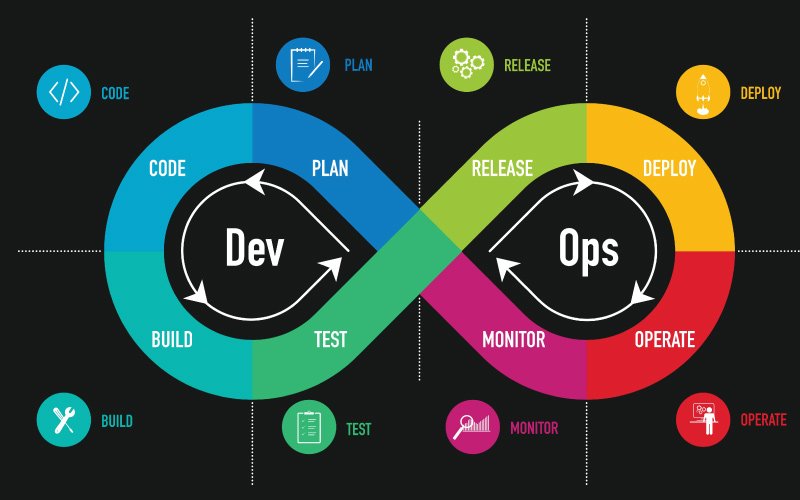Modern enterprises face challenges in making development and operational goals effectively. The process demands proper coordination across tools, people, and systems for continuous delivery. Through devops consulting, organizations enhance workflow structure and minimize production bottlenecks. The focus stays on collaboration performance and ongoing monitoring for long-term success. Skilled professionals bring automation and intelligent processes that reduce downtime. It strengthens adaptability, which helps teams deliver results faster and maintain product quality.
Advancing Process Stability Across Development Phases
Structured collaboration ensures every phase functions with precision and predictability. It improves alignment among diverse teams, ensuring tasks are completed effectively.
- Encourages better communication during project progression and testing
- Promotes continuous integration, improving deployment frequency and reliability
- Enhances automation to eliminate manual dependency in processes
- Creates better feedback loops between developers and engineers
It results in greater transparency and reduced operational delays.
Sustaining Agility Through Reliable Coordination
Smooth coordination improves productivity by reducing time spent on repetitive efforts. Teams gain higher confidence and deliver solutions consistently with a quality focus.
What Strengthens Team Efficiency During Continuous Delivery?
Efficiency grows through continuous communication and proper workflow standardization. Strong frameworks simplify development cycles and reduce deployment risks. Effective consulting shapes discipline in teams to maintain stable environments. Structured automation gives space for innovation while ensuring reliability during operations.
Improving Performance Through Structured Integration
Structured processes ensure smoother synchronization across various technology systems.
- Establishes better visibility in pipeline monitoring and error tracking
- Promotes automation, reducing production cycle delays and manual workloads
- Increases the speed of deployment for frequent updates and fixes
- Builds consistency through uniform testing across multiple environments
- Simplifies communication among developers, testers, and managers
- Reduces configuration failures using guided infrastructure templates
- Supports long-term scalability through modular system planning
- Ensures measurable performance metrics across production stages
This alignment helps teams maintain stability throughout operational transitions.
Creating Supportable Delivery Models
A maintainable model ensures that innovation continues without system troubles. It builds long-standing frameworks that evolve as technology advances.
Strengthening Reliability Through Predictive Monitoring
Predictive systems help forecast potential challenges during deployment stages. It ensures that responses are quick and precise to prevent disruption.
Queries on Professional Consulting Practices
- What are the major benefits of devops consulting?
It improves efficiency, speed, and delivery quality for software solutions.
- What tools are commonly applied for better operations?
Automation frameworks, cloud systems, and monitoring dashboards are often used.
- What changes after implementing continuous integration?
It reduces manual errors and speeds up production flow entirely.
- What challenges do enterprises face without expert guidance?
Lack of direction often causes inconsistent performance and operational delays.
- What ensures success during large project transitions?
Consistent evaluation and flexible adaptation maintain smooth transformation flow.
Innovation Flow for Continuous Excellence
True progress lies in persistent enhancement and creative thinking across every layer. Strategic guidance devops consulting helps reduce barriers and promotes reliable operations across systems. Expert consultants provide clarity, structure, and foresight for every transformation stage. Continuous learning combined with adaptability ensures enterprises maintain growth and resilience always.







